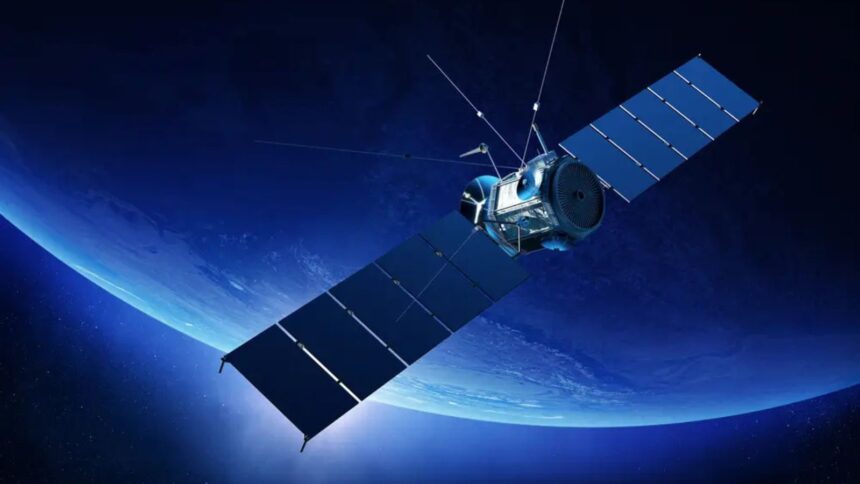Billionaire Elon Musk-owned Starlink, which provides satellite internet services, has received regulatory approval from the government—nearly three years after first applying for an operator licence—paving the way for the company to start offering the service in the country, The Indian Express has learnt.
“After thoroughly going through their application, vetting them from a national security perspective, the government has approved Starlink’s proposal,” a senior government official said on condition of anonymity. A letter of intent has been issued to the company, it is understood. Starlink did not respond to an immediate request for comment.
Receiving a letter of intent from the government paves the way for Starlink to receive a Global Mobile Personal Communication by Satellite (GMPCS) licence.
This possibly marks the end of a fiercely fought battle for India’s space waves, where Starlink came up against the country’s telecom giants Reliance Jio and , and differed with the former over how frequency for such airwaves should be assigned to satcom operators. While Starlink lobbied for administrative allocation, Jio made a pitch for the auction route. The government had opted for the administrative route, given that spectrum used for satellite communication is shared spectrum and is technically difficult to auction.
Last month, Prime Minister spoke to Musk and discussed the “immense potential” for collaboration in technology and innovation. Starlink’s senior executives also met with Commerce Minister to seek expedited clearances.
While the telcos and Starlink will compete against each other to offer their services in the country, a market that is expected to cater to largely well-to-do families in urban areas owing to the communication service’s higher cost, Starlink had inked separate retail partnerships with Jio Platforms, a subsidiary of Reliance Industries, and Airtel, for them to offer its service to their customers.
Satellite communication services rely on an array of satellites in orbit to offer connectivity to homes and businesses on the ground. They are an alternative to ground based communication, called terrestrial networks, such as cable, fibre, or digital subscriber line (DSL), and they don’t require wires to transmit data. Starlink operates the world’s largest satellite constellation, with around 7,000 satellites in orbit.
For end-users, satellite-based communication and broadband services offer benefits on two key points: wider coverage, and a more resilient network. Even though the latency of satcom services can at times be higher than terrestrial broadband networks, they can cover vast swathes of areas with very little physical equipment needing to be installed.
The approval for Starlink comes just days after the Department of Telecommunications (DoT) released guidelines for satellite communication companies. The guidelines call for companies to set up local manufacturing, data localisation, use domestic navigation systems, implement a blocking mechanism, and cooperate with law enforcement agencies.
According to the guidelines, satcom companies will have to share with the government a year-wise phased manufacturing plan aiming at indigenisation to a level of at least 20% of their ground segment of the satellite network that is established at the end of 5 years after launching commercial operations.
The companies should also ensure provisioning of NavIC based positioning systems in their user terminals on “best effort basis,” along with a transition plan to implement NavIC in a time-bound manner by 2029. NavIC is India’s regional satellite navigation system, similar to GPS, which is a global system developed by the United States.
Companies will have to provide real time monitoring to ensure that no user traffic originating from, or destined for India is being routed through any gateway outside Indian territory. They will also have to submit an undertaking that they will not copy and decrypt Indian telecom data outside India.
Operators would need to implement service restriction to “any individual, group of subscribers or certain geographical areas” during “hostilities,” the guidelines said. These companies will have to seek separate clearance (“from security angle”) for voice service and data service. Satcom operators will also have to ensure that their data centres are based within the geographical boundary of India and shall make provision to provide Domain Name System (DNS) resolution within its territory.








